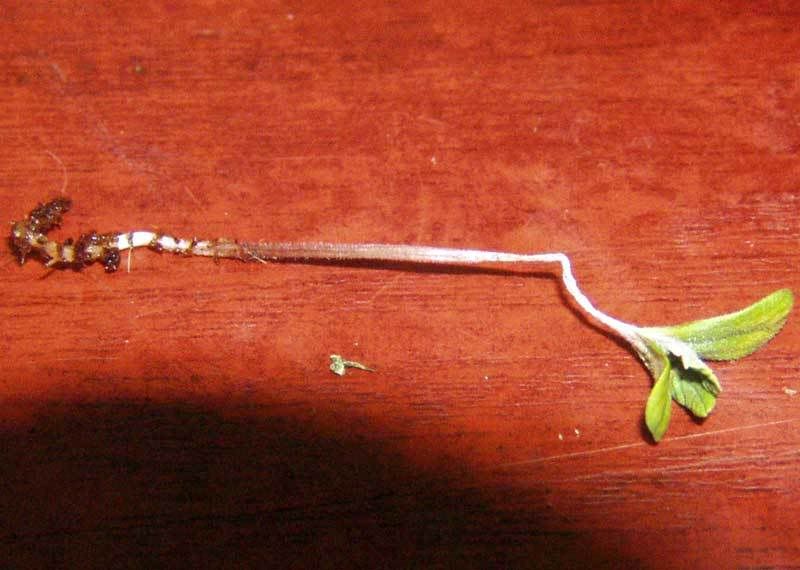G
Guest
Hi folks
I'm having a disaster trying to start seedlings in coco, first time I've tried using coco. More than half of the seedligs in coco have fallen over, the stem s have shrivelled and they are dying, never seen this happen in soil before (and my sedlings in soil are healthy) so soes anyone know what's causing it? 8 out of 10 Egytians have fallen over, 5 out of 6 Herijuana x Colombian Gold and 3 of the Colombian gold x Grapefruitbowl have fallen over too, plus one Durban Poison. They sprout aboce the coco, grow fine for 2 days then suddenly something seems to go wrong with the stem, it shrivells up and the seedling falls over. 3 or 4 of them have rigid stems upto a point, then they just suddenly fold over like they've been snapped. Any help/advice/tips are much appreciated, I really want to be able to start seeds in coco, but it's just going wrong! I am going to start 5 more seeds in soil as backup and see if those also do this stem wilting thing.
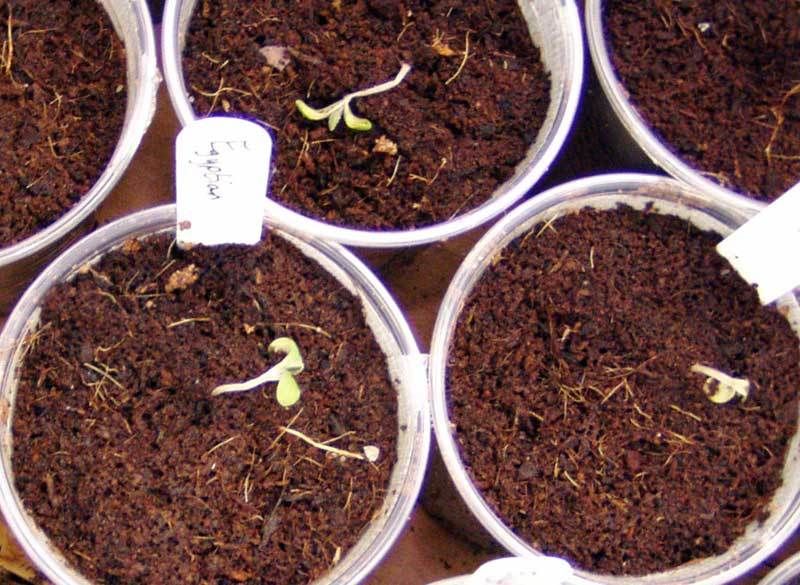
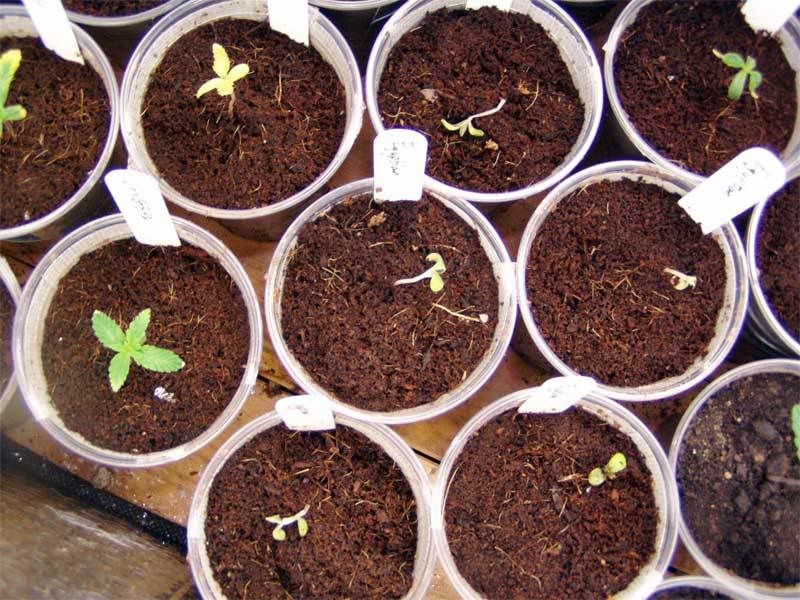
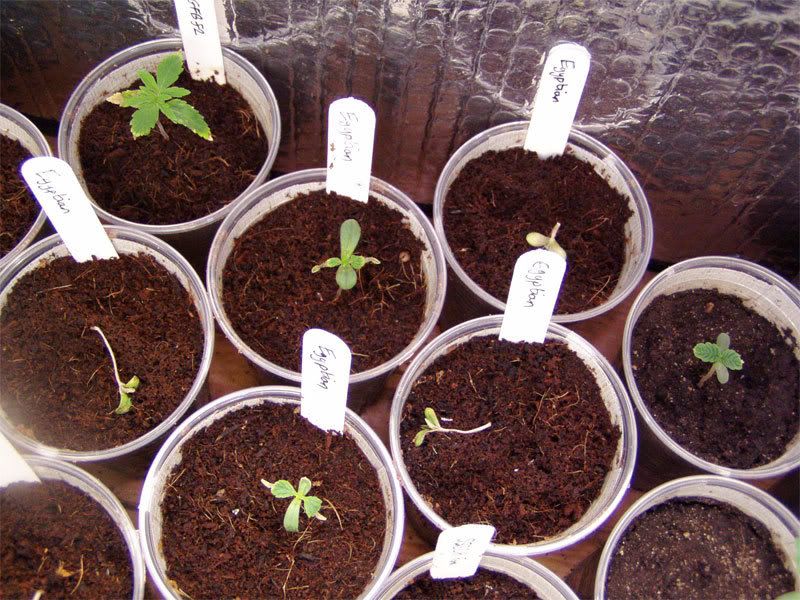
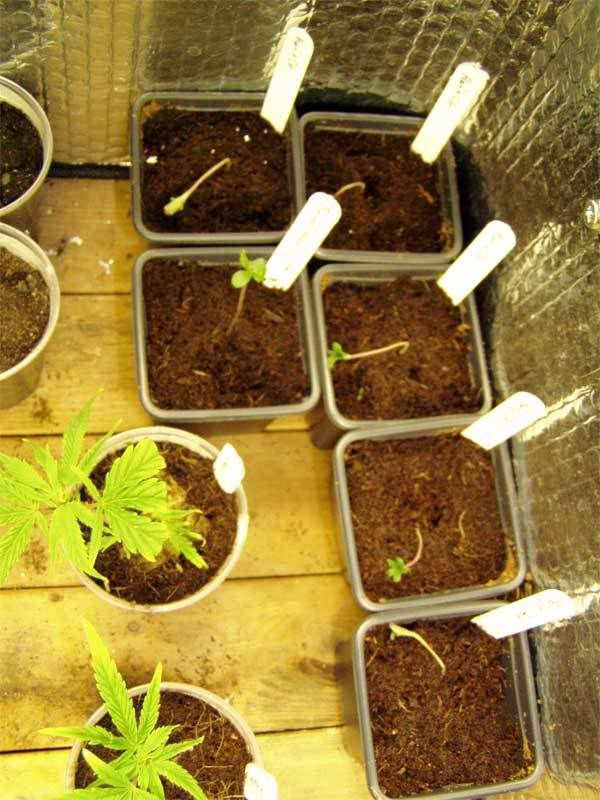

I'm having a disaster trying to start seedlings in coco, first time I've tried using coco. More than half of the seedligs in coco have fallen over, the stem s have shrivelled and they are dying, never seen this happen in soil before (and my sedlings in soil are healthy) so soes anyone know what's causing it? 8 out of 10 Egytians have fallen over, 5 out of 6 Herijuana x Colombian Gold and 3 of the Colombian gold x Grapefruitbowl have fallen over too, plus one Durban Poison. They sprout aboce the coco, grow fine for 2 days then suddenly something seems to go wrong with the stem, it shrivells up and the seedling falls over. 3 or 4 of them have rigid stems upto a point, then they just suddenly fold over like they've been snapped. Any help/advice/tips are much appreciated, I really want to be able to start seeds in coco, but it's just going wrong! I am going to start 5 more seeds in soil as backup and see if those also do this stem wilting thing.







